
Discover Our Skypod System
Solving Complex Challenges for the Total Warehouse
Simplify Your Operations
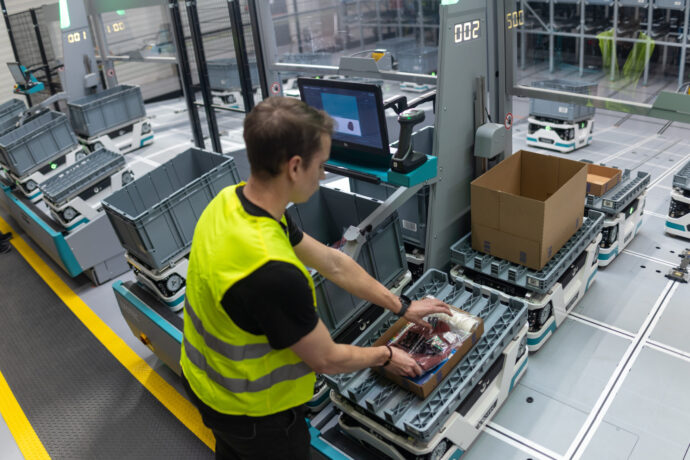
Pick and Pack in One Step
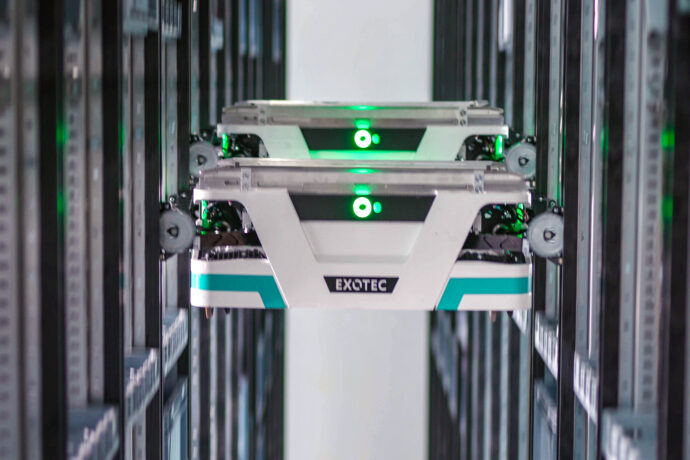
Buffer Without Staging Areas
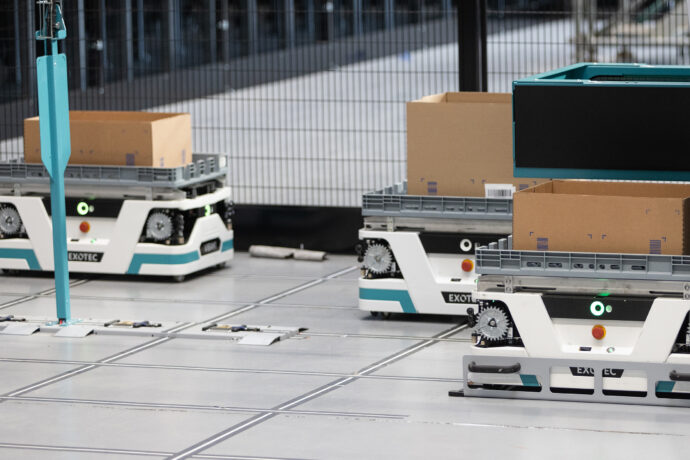
Sequence Without Sorters
Automate order sequencing within the system, eliminating the need for external sorting equipment
Maximum Capability, Zero Compromises
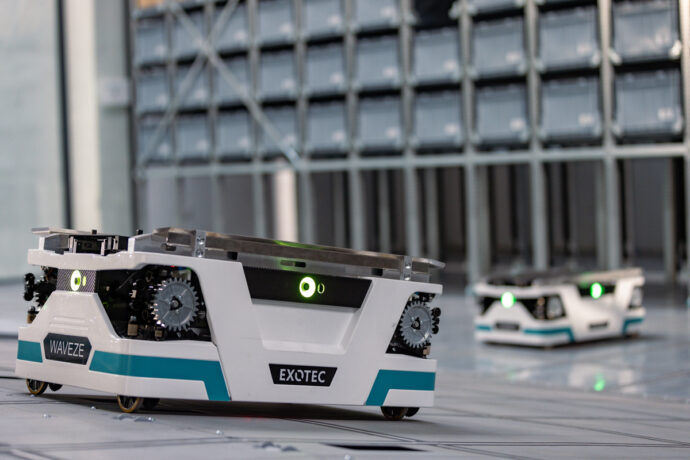
Boost Performance
Minimize process steps and moving parts to achieve industry-leading performance per square meter, maximizing efficiency and flexibility
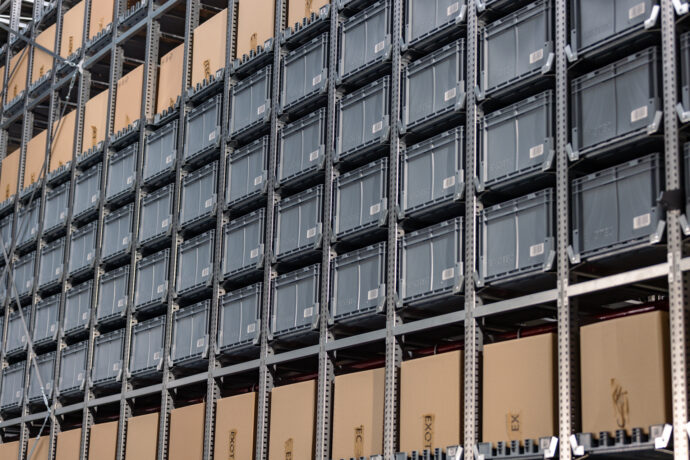
Optimize Space
Optimize your warehouse footprint with high-density storage racks and the ability to manage advanced processes directly within the system
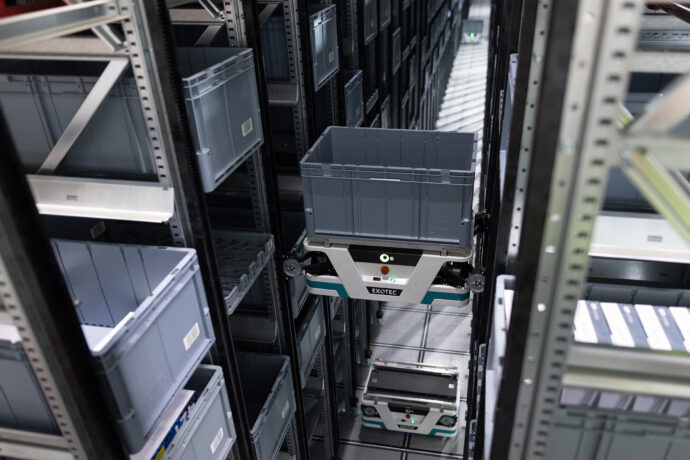
Improve Agility
Scale throughput and storage independently with the modular system, while seamlessly adapting to SKU or channel mix changes
A Unified System for Every Channel

Omnichannel
Discover how Exotec can streamline your omnichannel operations with a unified system that ensures consistent and efficient performance across all sales channels

e-Commerce
Explore how Exotec can transform your e-Commerce operations with the ability to deliver every order quickly and accurately while adapting to changing consumer demands

Store Replenishment
Learn how Exotec can optimize your store replenishment to keep your shelves stocked quickly and accurately, ensuring customers keep coming back
Preferred by Leading Brands






Events
-
February 9, 2026 | Las VegasManifest 2026
-
April 13, 2026 | AtlantaMODEX 2026
News
-
November 13, 2025Nearly Half of Warehouse Workers Receive Raises Because of Warehouse Automation
-
November 4, 2025Exotec bolsters its leadership team with the appointments of a Chief People Officer and EVP of Finance
-
October 15, 2025Exotec Celebrates 10 Years of Innovation: Driving A New Era of Warehouse Technology

Innovate with Us
Join us at Exotec, where we’re revolutionizing warehouse automation with elegance and precision. Be part of our global, passionate team dedicated to excellence and sustainability.